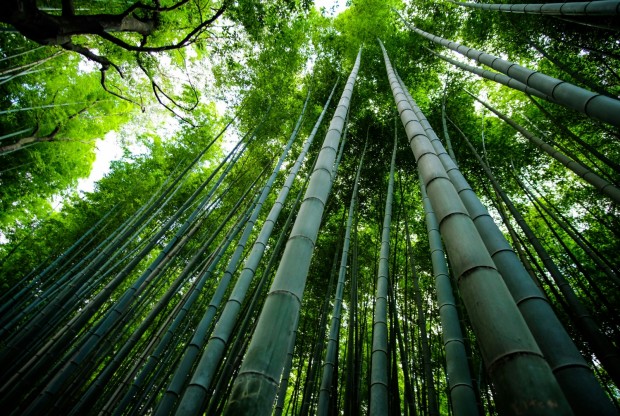Despite the emergence of more durable building materials, bamboo has a longstanding tradition as a construction material due to its sustainability. In the Philippines, a new bamboo house bill aims to reinforce the structural integrity of bamboo for sustainable construction practices, promoting its use alongside modern alternatives.
 (Photo : Unsplash/Eleonora Albasi)
(Photo : Unsplash/Eleonora Albasi)
House Bill for Bamboo
House Bill 9144, also known as An Act Integrating Bamboo as a Sustainable Material for the Built Environment, was introduced by Representative Jose Manuel F. Alba of Bukidnon to make progress toward the widespread incorporation of bamboo into a building material. As mentioned, the establishment of the Bamboo Architectural Code and the Bamboo Structural Code are both included in the scope of this law.
On Friday, June 7, Mr. Alba stressed the importance of these codes during the 'Beyond Bamboo: Bridging Green Construction in Codes and Standards' forum. These regulations will establish guidelines to guarantee bamboo's safety and architectural strength in construction.
The bill also mandates the government incorporation of bamboo, and private developers are expected to follow suit in its implementation. Moreover, to foster customer confidence in bamboo as a dependable and environmentally friendly building material, Mr. Alba brought attention to forming a certification process to ensure the quality of materials.
Professor Lessandro Estelito O. Garciano, who teaches at De La Salle University, expressed his desire to see the National Structural Code of the Philippines, which will incorporate a building standard for bamboo, published within the year. According to him, this endeavor aims to place the Philippines in the same category as other nations that have adopted structural bamboo rules. In addition to fostering environmentally responsible behaviors, the goals of these projects are to provide access to new export markets, entice investments from overseas, and encourage economic growth.
On the other hand, the Head of Technology Director at Base Bahay, Luis Felipe Lopez, referred to the United Nations Habitat Philippines Country Report 2023, which projected that there would be a housing backlog of 22 million by the year 2040. To fill this void, Base Bahay, a charitable organization founded by the Hilti Foundation, promotes alternative building technology.
Nevertheless, when compared to traditional building practices, Base Bahay claims that its cement-bamboo frame technology results in a reduction of carbon emissions that ranges from sixty percent to eighty percent. The group also mentioned that it had constructed more than 1,600 homes in the Philippines, utilizing this technique in various settings.
Also Read: NSF Construction Projects Face Delays and Budget Overruns Worldwide
Sustainability of Bamboo As Bamboo Material
As a result of its characteristics, such as rapid growth, excellent resistance, and durability, bamboo is an outstanding renewable resource that can also be utilized as a sustainable building material. Because of its adaptability, it can be used in various fields within civil construction. The structural applications of bamboo include the construction of beams and pillars and the substitution or strengthening of steel frameworks with bamboo as an element of scaffolding concrete, including slab panels and beams. The ash from bamboo can reportedly be used as a substitute for cement in cementitious matrices, and bamboo has the potential to be exploited as a biomass resource for creating renewable energy.
Furthermore, harvesting bamboo does not negatively impact the environment, and it is a resource that can be replenished and grows rapidly. As a result of its exceptional capacity to take in and store carbon dioxide from the air, bamboo is an efficient instrument for reducing the effects of atmospheric carbon dioxide emissions. Research says that bamboo can sequester up to 35% more carbon than other varieties of trees and plants. Compared to conventional building materials such as concrete and wood, it is a more environmentally friendly and energy-efficient alternative that has a smaller carbon footprint than these materials.
Related Article: Bamboo Wonders: 6 Bamboo Structures Redefining Sustainable Architecture Across the Globe







